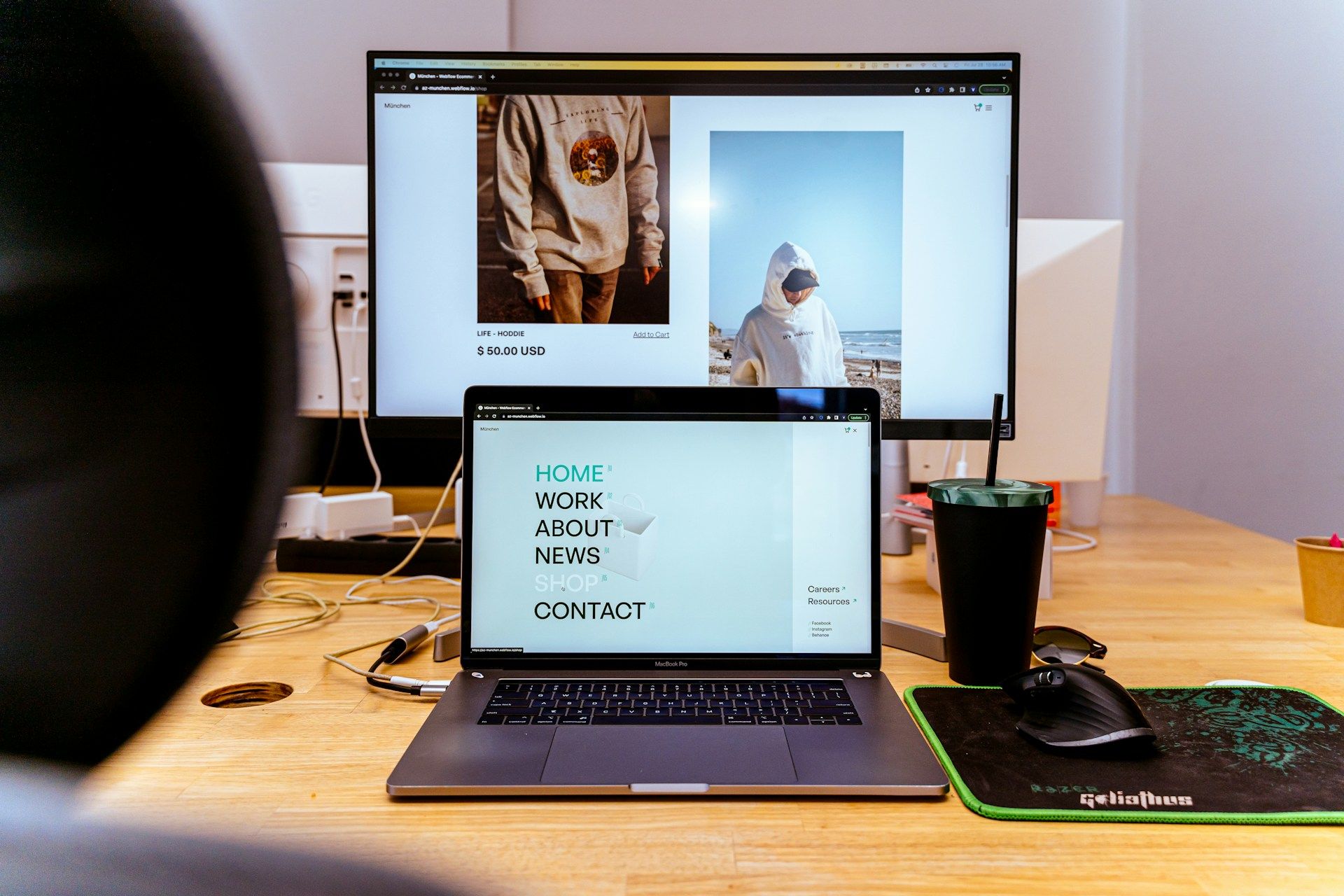Growing in Houston: Top SEO Services Houston for Small Businesses
Introduction
Running a small business in Houston can be tough. There are so many other businesses trying to get the attention of the same customers. That’s where SEO services can help. By using SEO, your business can show up higher in search results. This means more people will find you when they search online.
SEO stands for Search Engine Optimization. It’s a way to make your website better for search engines like Google. When your site is optimized, it ranks higher in search results. This brings more traffic to your website. More traffic means more chances to get new customers.
At BK Design Solutions, we offer top SEO services in Houston. With over 15 years of experience, we know what works. Our team creates custom websites that are SEO-friendly. This helps your business stand out from the competition. We also focus on creating a brand that speaks to your customers.
Our clients love us, and we have a 5-star rating to prove it. If you want to grow your business, our SEO services can help. Contact us today to learn more about how we can help your business succeed. Let’s make your business the star of the search results!
What Are SEO Services and Why Your Houston Business Needs Them
SEO stands for Search Engine Optimization. It helps people find your business online. When someone types in a keyword on Google, SEO helps your website show up higher on the list. The higher you are, the more likely people will click on your site. This means more traffic, more phone calls, and more sales for your Houston business.
If no one can find your website, your business is missing out. That’s why SEO is so important. Good SEO brings your business in front of people already searching for what you offer. Whether you own a coffee shop, cleaning service, or auto repair shop, the goal is the same: you want more local customers.
Here’s what SEO services can do for you:
– Make your site faster and easier to use
– Add the right keywords that people are searching for
– Build links that point back to your site to show Google you’re trusted
– Help your business appear in map results for local searches
Getting SEO services in Houston helps your business stay ahead. More people search online before they buy anything. If your site is easy to find, your business will grow faster. Standing out in Houston starts with smart SEO work.
How BK Design Solutions Offers Comprehensive SEO Services in Houston
BK Design Solutions gives businesses in Houston a full range of SEO services. We’ve helped small businesses grow for over 15 years. Every website we build is designed with SEO in mind from day one. That means your site looks great and gets found online.
We don’t offer one-size-fits-all plans. Every business is different, so we build a custom SEO plan just for you. Whether you’re starting from scratch or need to improve your current site, our team can help.
Here’s what’s included in our SEO services in Houston:
– Keyword Research: We find top words your customers search on Google
– On-Page SEO: We add keywords, improve page speed, and clean up code
– Local SEO: We help your business show up on Google Maps and in local searches
– Content Creation: We write blog posts and web pages that attract new customers
– Technical Fixes: We make sure Google can read your site the right way
– Ongoing Monitoring: We track results and adjust to keep improving
Our team speaks your language and keeps it simple. We explain what we’re doing and why it matters. You’ll always know how your site is doing and where we’re headed. When you work with BK Design Solutions, you’re getting powerful SEO backed by years of hands-on experience.
Benefits of Custom, SEO-Friendly Websites for Small Businesses
A custom website helps your business build trust and connect with more people. When it’s made with SEO in mind, even more customers can find you online. Many small business owners use page builders or free templates, but those can slow down a site or make it hard for search engines to understand.
At BK Design Solutions, we create websites that work great on phones, load quickly, and follow SEO best practices. A fast, clean, easy-to-use website makes people stay longer and take action. That’s good for your business and your rankings.
Here are a few reasons why custom, optimized websites matter:
– Search engines notice better performance and reward it with higher rankings
– Strong design helps your brand look professional and builds trust
– Fast websites keep people from clicking away
– Mobile-friendly layouts reach more users on the go
– Unique content helps you stand out from competitors
Our goal is to make your site work for your business 24/7. If you want real results, investing in SEO services in Houston built into a custom website is one of the smartest choices you can make. It’s like giving your business a full-time salesperson who never takes a break.
Why BK Design Solutions Stands Out for SEO Services in Houston
There are many SEO companies out there, but few offer true custom work and clear results like BK Design Solutions. We’ve been in business for over 15 years and have worked with hundreds of small businesses across different industries. Our clients stay with us because we care about getting real outcomes and making things easy to understand.
What makes us different?
– We have a perfect 5-star rating with real, happy clients
– Our websites are built from scratch with built-in SEO features
– We offer personal support and clear reports
– Our team keeps up with what search engines are looking for so your site stays current
– We’re based in Houston, so we understand local traffic and what your market needs
We don’t believe in shortcuts or one-size-fits-all plans. Each project gets the time and research it deserves. Every dollar our clients spend is used to grow their presence in a real way. That’s why so many small business owners trust us with their brand. If you’re looking for SEO services in Houston that drive real growth, BK Design Solutions is ready to help.
Helping Houston Small Businesses Grow Smarter
Having an online presence isn’t just an option anymore. It’s a must. But just having a website isn’t enough. Your site needs to be seen. That’s where SEO comes in. It puts your business in front of people searching for your services right now. And when it’s done right, your website becomes one of your best tools for growth.
BK Design Solutions gives small businesses a real path forward. We take time to learn about your goals, your audience, and your market. Then we build websites that are ready to rank, bring in leads, and help move your business forward. We back that up with smart SEO strategies that get long-term results.
We’ve built a solid reputation by doing honest work, using good practices, and helping local businesses get real results. If you’re ready to grow online with strong SEO services in Houston, our team is here to help you build something that lasts. From your first site to your next big update, BK Design Solutions stays with you every step of the way.
Ready for a stronger online presence with BK Design Solutions? Let our SEO services in Houston transform your business. Reach out today and see the difference professional design can make.










